Walnut floor installation
maggie530
10 years ago
Featured Answer
Sort by:Oldest
Comments (9)
gregmills_gw
10 years agoRelated Professionals
Apopka Flooring Contractors · Jenison Flooring Contractors · Lincoln Flooring Contractors · Livonia Flooring Contractors · Seekonk Flooring Contractors · Uxbridge Flooring Contractors · Arlington General Contractors · Murraysville General Contractors · Homewood General Contractors · Jericho General Contractors · Ken Caryl General Contractors · Mentor General Contractors · Saint Andrews General Contractors · Westerly General Contractors · Woodmere General Contractorsmaggie530
10 years agomaggie530
10 years agoGreenDesigns
10 years agomaggie530
10 years agogregmills_gw
10 years agoUser
10 years agoGreenDesigns
10 years ago
Related Stories
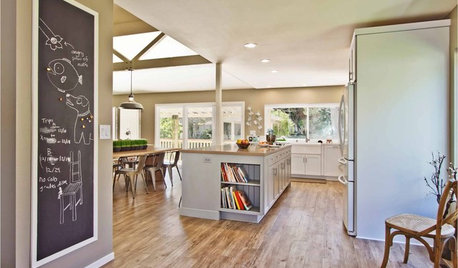
FLOORSWhat's the Right Wood Floor Installation for You?
Straight, diagonal, chevron, parquet and more. See which floor design is best for your space
Full Story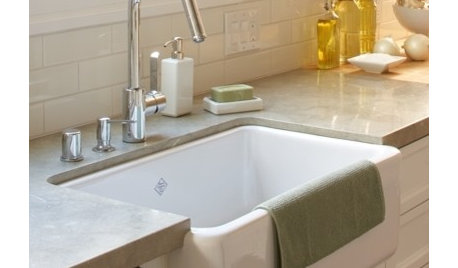
CONTRACTOR TIPSContractor Tips: Countertop Installation from Start to Finish
From counter templates to ongoing care, a professional contractor shares what you need to know
Full Story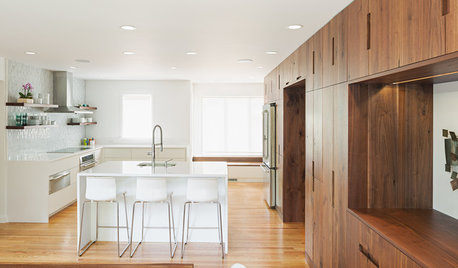
INSIDE HOUZZInside Houzz: A Walnut Wall of Storage Opens Up a Kitchen
A 30-foot wall of storage frees up cooking areas and counters for food prep and entertaining
Full Story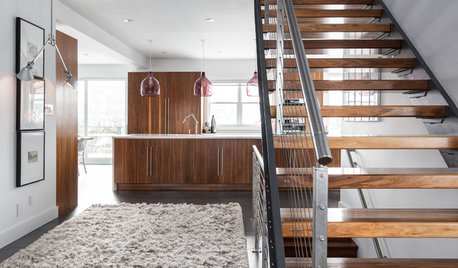
HOUZZ TOURSMy Houzz: Warm Walnut Rules in an Open-Concept Canadian Home
Traditional takes a turn for the modern in this remodeled St. John's home, newly focused on clean lines and sleek finishes
Full Story
MATERIALSWoodipedia: Walnut Wows in Traditional and Modern Settings
With its rich color and lustrous polished finish, walnut is a favorite wood for all kinds of millwork
Full Story
KITCHEN BACKSPLASHESHow to Install a Tile Backsplash
If you've got a steady hand, a few easy-to-find supplies and patience, you can install a tile backsplash in a kitchen or bathroom
Full Story
BATHROOM DESIGNShould You Install a Urinal at Home?
Wall-mounted pit stops are handy in more than just man caves — and they can look better than you might think
Full Story
REMODELING GUIDESContractor Tips: How to Install Tile
Before you pick up a single tile, pull from these tips for expert results
Full Story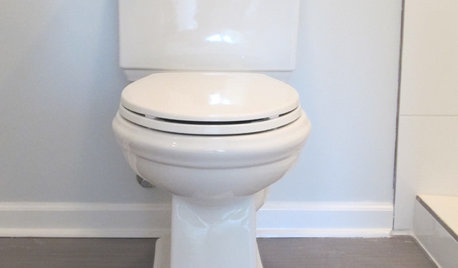
BATHROOM DESIGNHow to Install a Toilet in an Hour
Putting a new commode in a bathroom or powder room yourself saves plumber fees, and it's less scary than you might expect
Full Story





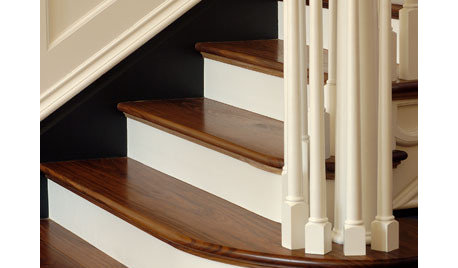



GreenDesigns